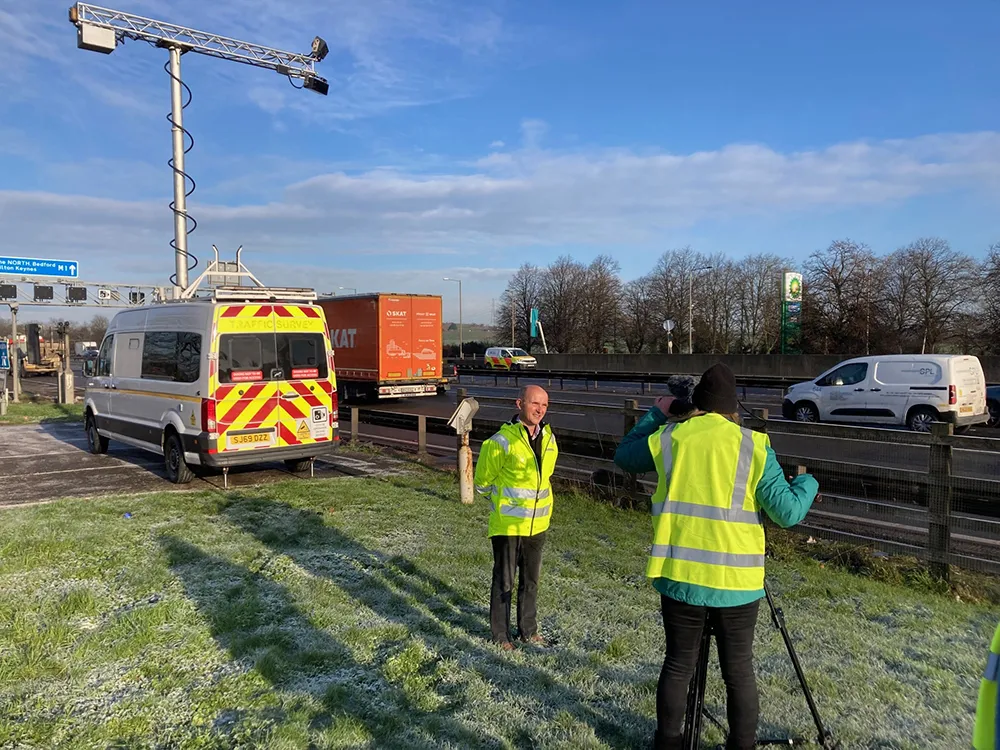Moxa’s new VPort 06-2 and VPort P16-2MR series rugged IP cameras are designed to cope with extreme for onboard railway applications. The 1080P HD video cameras are EN 50155 certified, IP66 sealed and operate between -40 to 70°C for reliable operation in critical applications like the driver’s compartment.
September 16, 2016
Read time: 1 min

In addition the VPort P16-2MR series comes with built-in IR illumination and Infrared Cutfilter Removal to give clear images day and night.
The company has also introduced a range of outdoor industrial-grade IP cameras for harsh industrial environments including box type IP cameras, premium speed dome PTZ cameras and industry-certified onboard cameras. These have an operating temperature range from -40 to 75°C without a fan, are IP66-rated/NEMA 4X form factor and have a shock- and vibration-resistant design.










